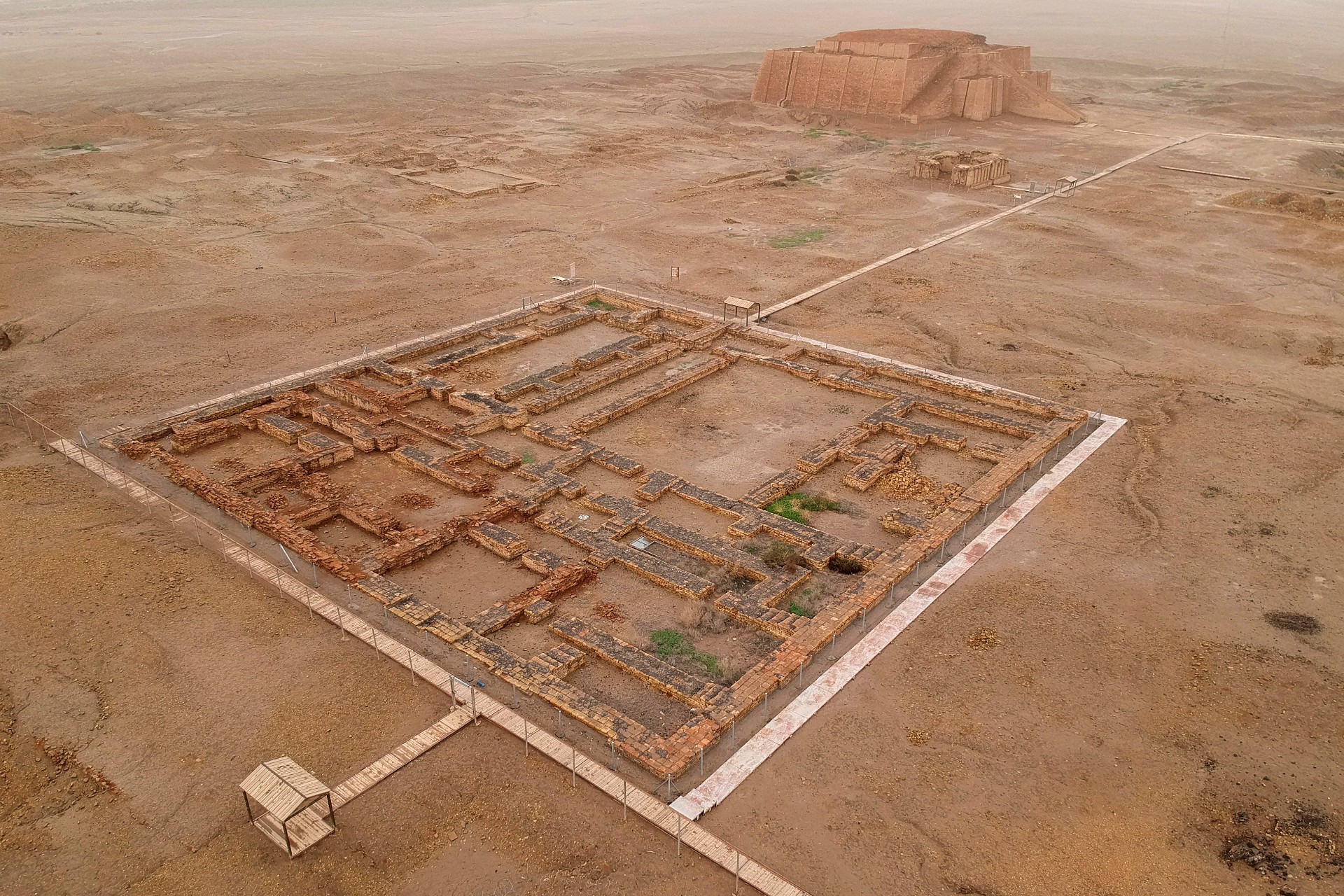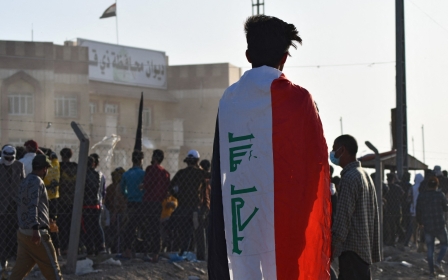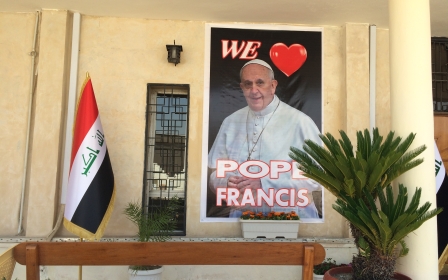What is Ur, the 'birthplace' of Abraham?

On Saturday, Pope Francis will hold an inter-faith service at the ziggurat of Ur, a massive Sumerian temple at an ancient Iraqi city believed to be the birthplace of the prophet Abraham.
The service is set to be one of the most significant moments in a historic papal visit which has drawn the eyes of the world to Iraq and highlighted the archaeological wonder of Ur.
Here’s what you need to know about the ancient site:
The Sumerian capital
Ur lies in the southern Iraqi province of Dhi Qar, 17km from the provincial capital Nasiriyah. It is one of four ancient Sumerian cities found in the province, alongside Eridu, Girsu and Lagash.
New MEE newsletter: Jerusalem Dispatch
Sign up to get the latest insights and analysis on Israel-Palestine, alongside Turkey Unpacked and other MEE newsletters
Ur was the Sumerians’ capital, and the place where they developed an irrigation system, practised sophisticated agricultural methods and traded extensively with cities around Mesopotamia and beyond.
The city, once oval shaped, is thought to date back to 3800 BC, and is first recorded in text over a millennium later.
Originally, Ur sat on the mouth of the Euphrates, on Iraq’s southern coast. But over the centuries the topography has changed considerably, and the site now lies well inland, set back from the river’s southern bank.
Archaeological discovery
In the 19th century, European archaeologists began to tie the remains at Tell al-Muqayyar with the city of Ur, as mentioned in the Bible and other ancient texts.
John George Taylor, British vice consul, first began excavation of the Ziggurat temple in 1853 on behalf of the British Museum.
In 1922, British archaeologist Sir Leonard Woolley undertook the most extensive excavations, finding 16 royal tombs built of mudbrick over the course of a decade.
The ziggurat consists of a three-layered solid mass of mudbrick with a facade of burnt bricks set in bitumen. The bottom layer is part of the original construction, while the upper two are part of the neo-Babylonian restorations in the sixth century BC.
The temple is dedicated to the moon god Nannar, the patron deity of Ur.
Its facade and monumental staircase were restored in the 1980s under Saddam Hussein.
The house of Abraham?
In the Bible, a city named Ur is said to be the birthplace of Abraham (Ibrahim in Arabic), the patriarch of the Jewish, Christian and Muslim faiths, who is believed to have lived in the second millennium BC.
During his excavations in the early 20th century, Woolley found a cylindrical seal in the complex adjacent to the ziggurat that bore the name Abraham. It led him to believe that the complex, dating from around 1900 BC, was Abraham’s house.
“As long as Ur is the birthplace of Abraham, it is an important site for all people around the world, all religions,” Amer Abdul-Razzaq, director of Nasiriyah Museum of Civilization, told MEE.
“Visiting this place is so important to Christian pilgrimage,” he said, adding that plans had been mooted for years to one day establish a pilgrimage between Ur and the Church of the Holy Sepulchre in Jerusalem.
Years of tumult have vastly reduced Iraq’s Christian population. In 2003, 1.5 million of Iraq’s 40 million people were Christian. Today, the Christian population numbers around 150,000-400,000.
Habib Hormuz, archbishop of the Chaldean Church in Basra, said he hoped Pope Francis’ visit would encourage Christians to return, but that much more needs to be done to convince them.
“I am not sure that Christians will go back home, even after the pope’s visit, unless we see development in security, good infrastructure, law enforcement, justice and respecting human rights,” he told MEE.
Middle East Eye delivers independent and unrivalled coverage and analysis of the Middle East, North Africa and beyond. To learn more about republishing this content and the associated fees, please fill out this form. More about MEE can be found here.





